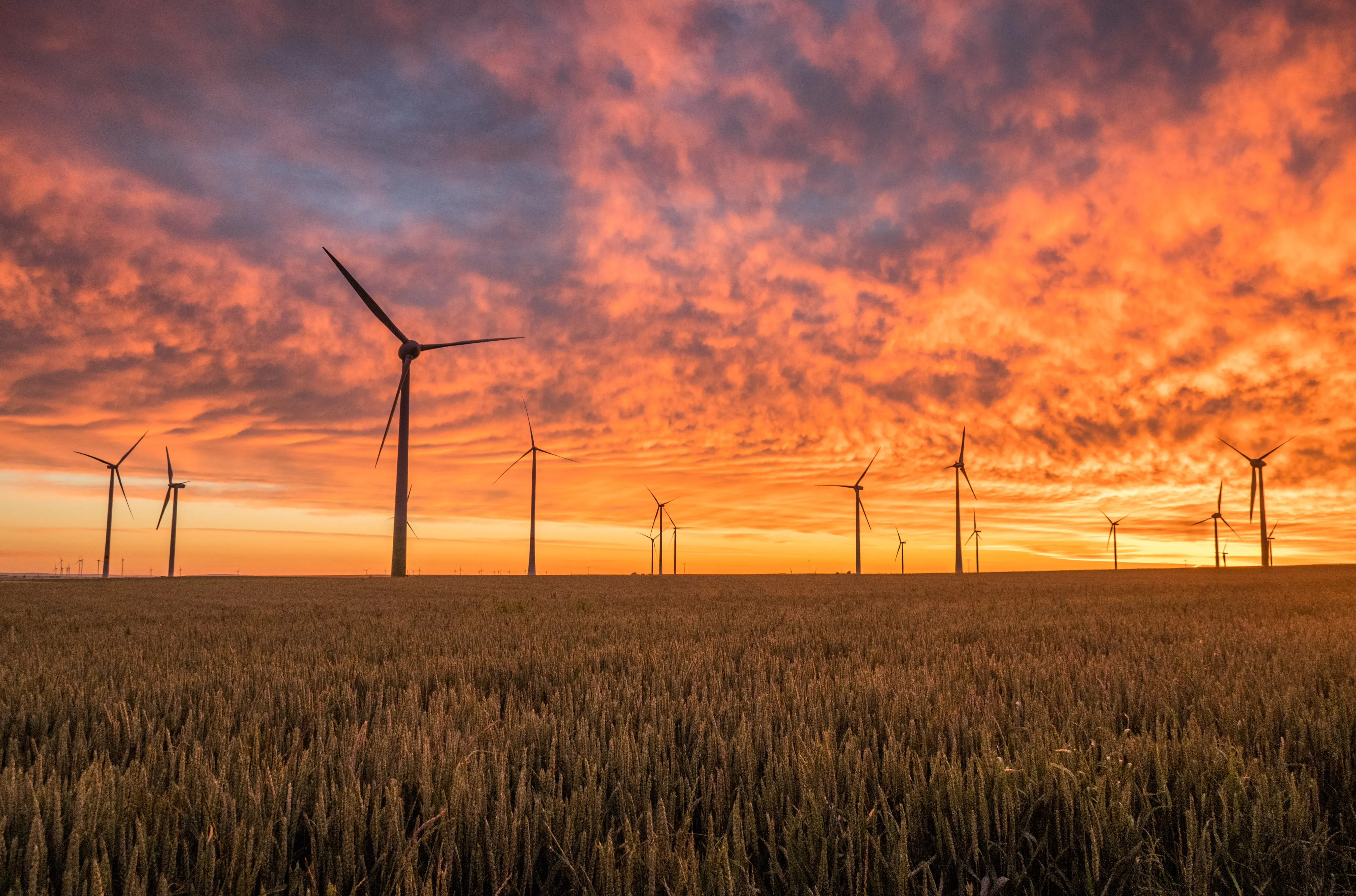Wind Turbines on Farms: Pros and Cons
Discover the potential of wind energy in agriculture with 'Wind Turbines on Farms: Pros and Cons' from Vriksha Farms. This blog post explores the integration of renewable energy in sustainable farm development, examining the advantages and challenges of wind turbines. Learn how this technology fits into a modern approach to farming, contributing to climate resilience and aligning with agroforestry practices. Gain insights into making informed decisions about utilizing wind energy for a more efficient and eco-friendly agricultural future."

Introduction
Wind turbines are becoming an increasingly popular renewable energy source for farms. Vriksha Farms, known for its commitment to responsible agroforestry and sustainable farming practices, recognizes the potential of wind energy in agriculture. This blog post explores the pros and cons of installing wind turbines on farms, offering insights into their impact on agricultural productivity and sustainability.
The Advantages of Wind Turbines on Farms
Renewable Energy Source
Wind turbines provide a clean and renewable source of energy. By harnessing the wind, farms can generate their own electricity, reducing reliance on non-renewable energy sources.
Cost Savings in the Long Run
Though the initial setup costs can be high, wind turbines offer significant long-term cost savings. Reduced electricity bills and potential income from selling excess energy back to the grid can make wind turbines a financially viable option.
Environmental Benefits
Using wind energy significantly reduces the farm's carbon footprint. It’s a clean energy source that doesn’t produce greenhouse gases or other pollutants.
Challenges and Considerations
Initial Investment and Setup Costs
The initial costs of purchasing and installing wind turbines can be substantial. Farmers need to consider the long-term ROI when making this investment.
Land and Space Requirements
Wind turbines require space and are best suited to farms with ample land. They need to be placed in locations with optimal wind exposure, which might not be feasible on smaller farms.
Impact on Farm Operations
The placement of wind turbines needs to be carefully planned to ensure they do not interfere with daily farm operations, such as crop cultivation or livestock movement.
Balancing Productivity and Sustainability
Integration with Farming Practices
Integrating wind turbines into farming operations requires careful planning. The turbines should complement, not hinder, agricultural productivity.
Long-Term Sustainability
For farms focused on long-term sustainability, like those managed by Vriksha Farms, wind turbines can be an integral part of a broader strategy to reduce environmental impact and increase energy independence.
Community and Economic Impacts
Potential for Community Energy Projects
Wind turbines can be part of community energy projects, where multiple farms or rural households collaborate to generate and share renewable energy.
Economic Opportunities
Aside from reducing energy costs, wind turbines can offer new economic opportunities, such as creating jobs related to their maintenance and operation.
Conclusion
Wind turbines present a viable renewable energy option for farms, offering environmental and economic benefits while posing certain challenges. For farms like those managed by Vriksha Farms, which aim to balance productivity with sustainable practices, wind turbines can be a key component of their energy strategy. Careful planning and consideration are essential to maximize the benefits while mitigating the challenges.
